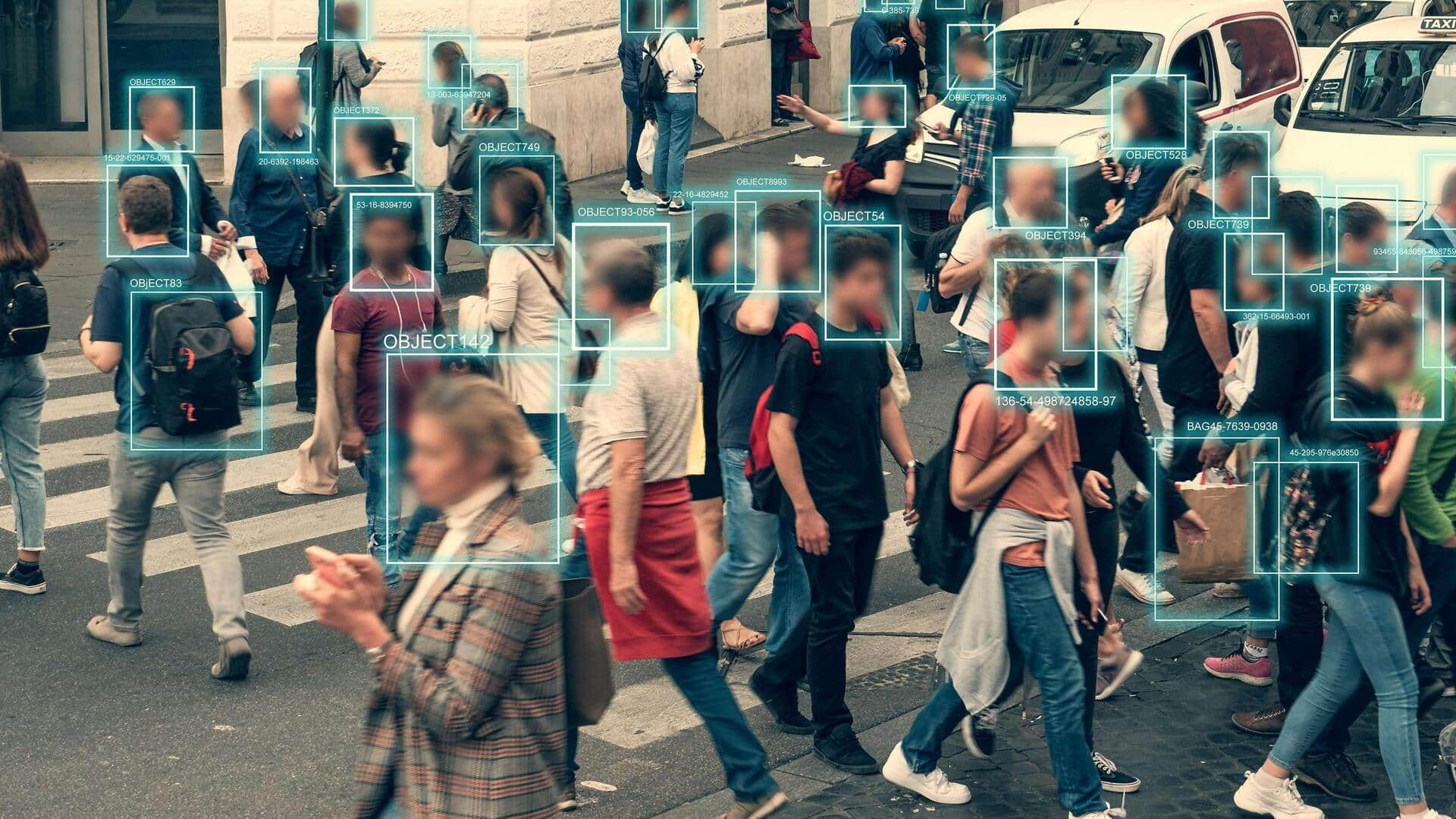
China's new spy tech can identify faces from space
What's the story
In a major breakthrough, Chinese scientists have developed an imaging technology that can identify facial details from way up above Earth.
According to the South China Morning Post, this innovation could change the standards of global surveillance.
The device uses a complex synthetic aperture lidar (SAL) system, which uses laser beams and advanced processing technology to create high-resolution 3D images over long distances.
Field trials
Successful testing of the technology
The tech was successfully tested by researchers from the Chinese Academy of Sciences's Aerospace Information Research Institute, over Qinghai Lake in a remote part of northwest China.
The device was aimed at arrays of reflective prisms some 102km away.
It was able to detect details as small as 1.7mm across, and also accurately measure the distance to targeted objects within an accuracy of 1.5cm.
Technological leap
Superior to existing spy cameras and telescopes
The South China Morning Post described this level of detail as "100 times better than what can be seen with the leading spy cameras and telescopes that use lenses."
The publication further suggested that this technology could potentially be used "to scrutinize foreign military satellites with unparalleled precision or distinguish details as fine as a human face from low-Earth orbit."
Technological constraints
Limitations of the new imaging technology
Despite its potential applications, the laser-based camera system has several limitations.
For instance, it requires stable atmospheric conditions for a clear view, which means the technology cannot always be deployed exactly when needed.
Also, the current system is unable to lock onto a moving object, but future versions of this technology may overcome this hurdle.